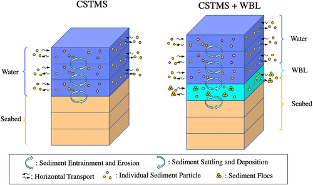Models
Since 2014, our group has been continuously developing and applying the Coupled Ocean-Atmospheric-Wave and Sediment-Transport (COAWST, Warner et al., 2010) to the Gulf of Mexico waters (Gulf-COAWST). Our model features a 4-km resolution Gulf of Mexico domain, a 1-km resolution Northern Gulf of Mexico domain, and several 200-m resolution domains focusing on estuaries and bays.

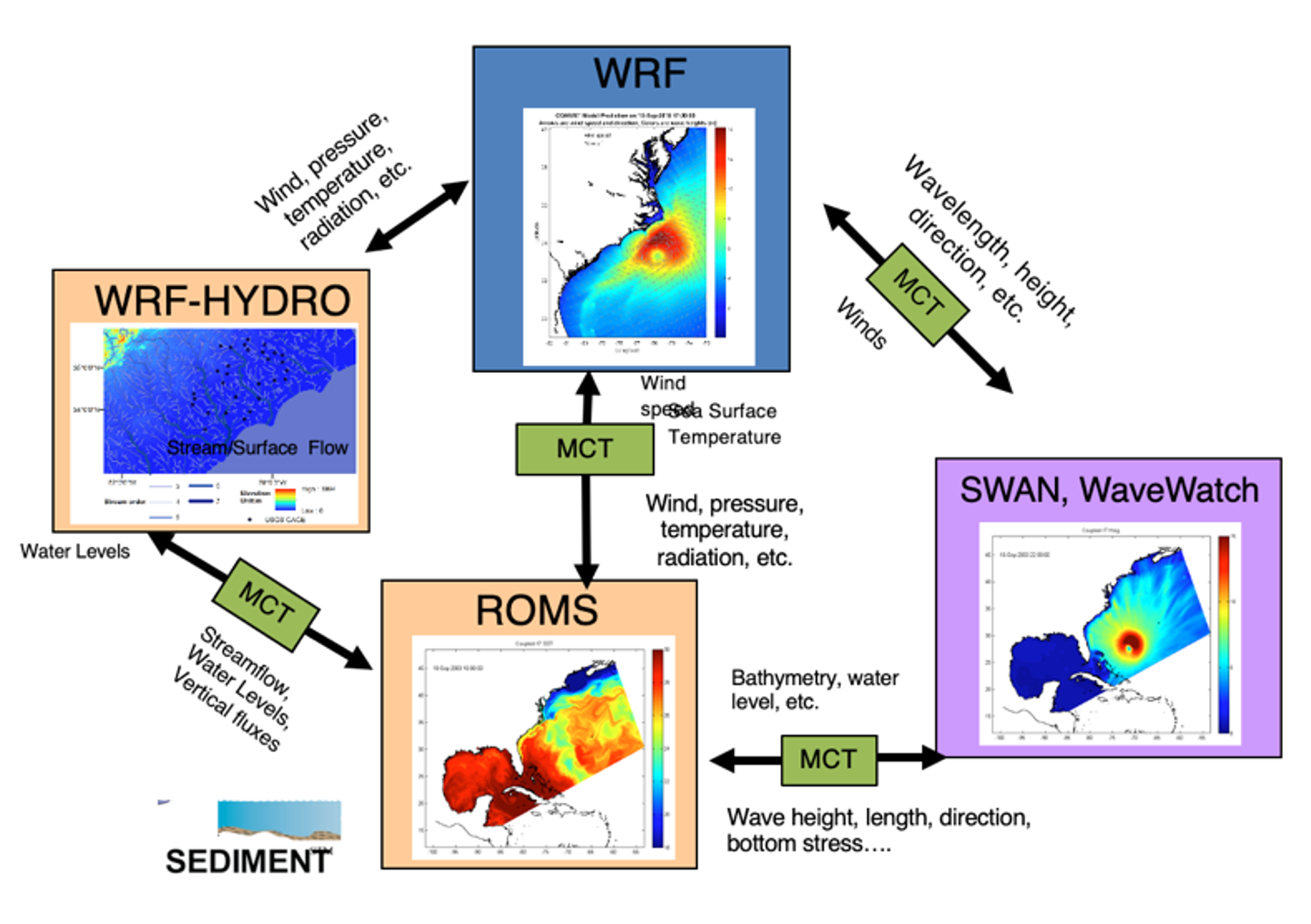
Some key features of Gulf-COAWST including:
Sediment-induced Ligth Attenuation
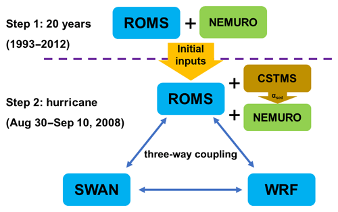
Light attenuation module introduced by suspended sediment (Zang, Xue et al., 2020)
WRF-Hydro-Sed

Full-distributed process-based sediment module for WRF-Hydro with coupling with the ocean model (Yin, Xue et al., 2020)
Dissovled Oxygen and N, P, Si cycle
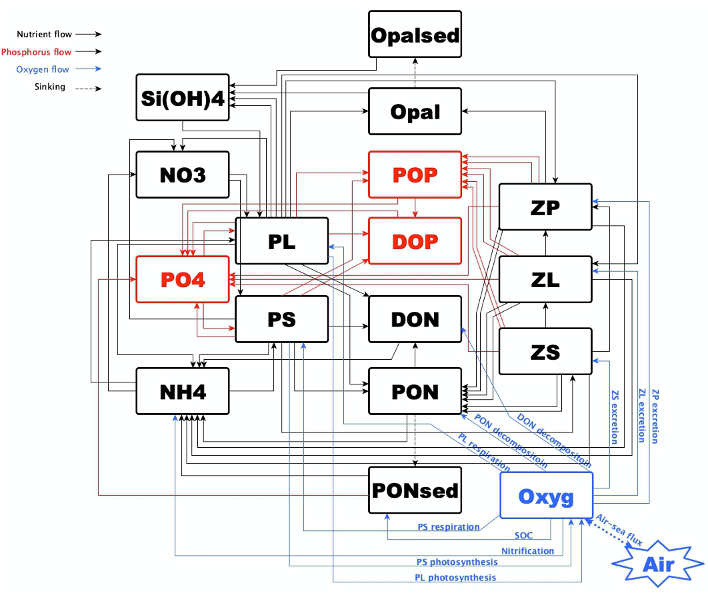
Dissolved oxygen model that incorporates Nitrogen, Phosphate, and Silicate cycles and Machine Learning capability (Ou and Xue, 2022, Ou, Li, and Xue, 2022)
Carbon Cycle with Landloss inputs

Ocean carbon cycling model with dissolved organic matter, formation & dissolution of CaCO3, and land loss input (Zhang and Xue, 2022)
Dynamically Coupled Ocean-River Model
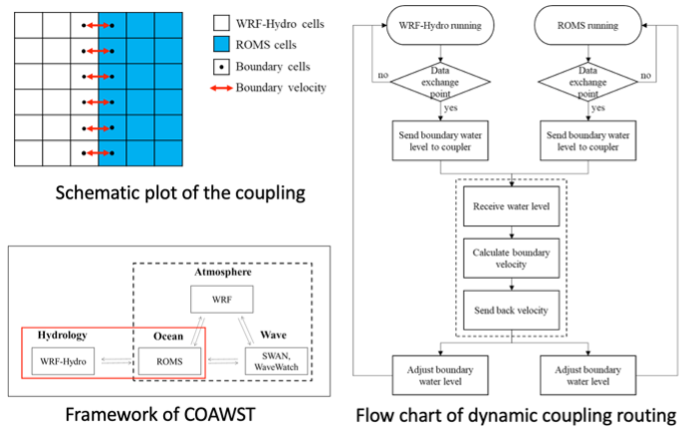
Dynamically coupled ocean (ROMS) and river (WRF-Hydro) model (Bao, Xue et al., 2022)
